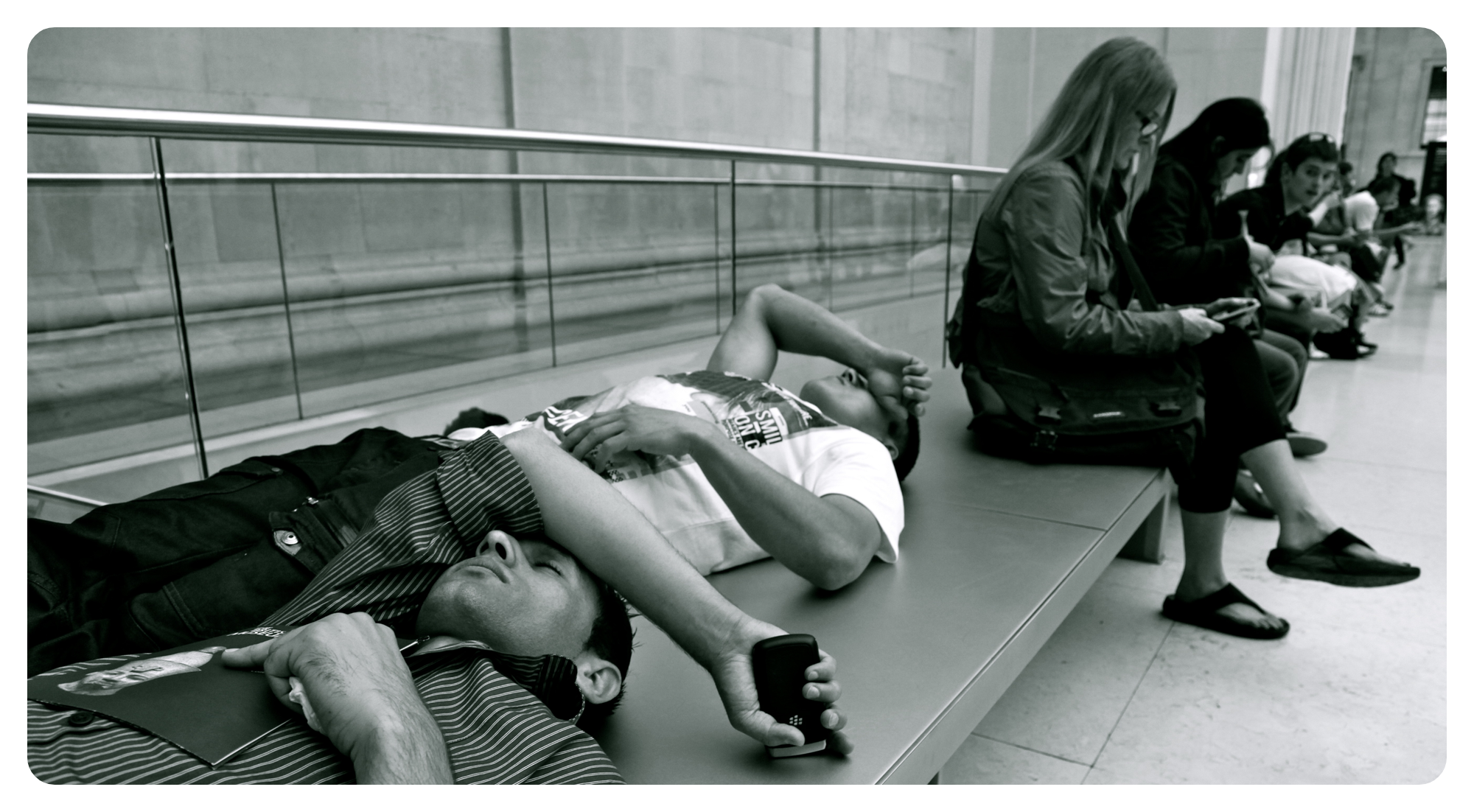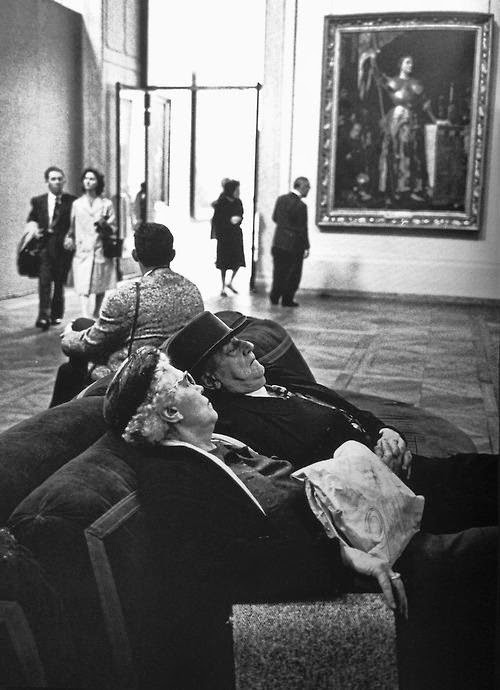Museum Fatigue: A Century-Old Problem

Have you ever stood in an exhibition hall, gazing up at a 2000-year-old sculpture or a priceless painting, and felt… like you wanted to curl up in bed?
If so, you might have experienced something called ‘museum fatigue’. This phenomenon can affect even the most enthusiastic culture buff, and refers to a sense of feeling increasingly overwhelmed and exhausted as you mooch around a museum or gallery.

The term ‘museum fatigue’ was first coined by Benjamin Ives Gilman in 1916. He focused on how the placement of exhibits led to unnecessary physical strain, causing us to tire ourselves out.
But since then, researchers have also come to recognise the mental toll of a museum visit. This stems from a number of factors, including:
Information overload – where the sheer amount of information in a museum gets a bit much. This includes lengthy gallery labels and descriptions, as well as the exhibits themselves!
Object competition – when different exhibits in the same space battle it out for our attention. This prevents us from focusing properly on a single piece and erodes our overall engagement with a museum.
And last but not least, satiation – where we take in a number of similar pieces in a row, causing us to become progressively less interested. (One ancient Greek statue? Fantastic. One hundred? OK, now you’ve lost me.)
Together, these elements can contribute to an acute case of cultural burnout – and more than 100 years on from Benjamin Gilman, museum fatigue doesn’t look like going away.

So, it’s clear that something has to change; that we need a whole new way of approaching museums, and the amazing things in them. Because if we’re getting tired of Da Vinci and Van Gogh – of the Rosetta Stone and the Venus de Milo – then something has gone seriously, seriously wrong!

